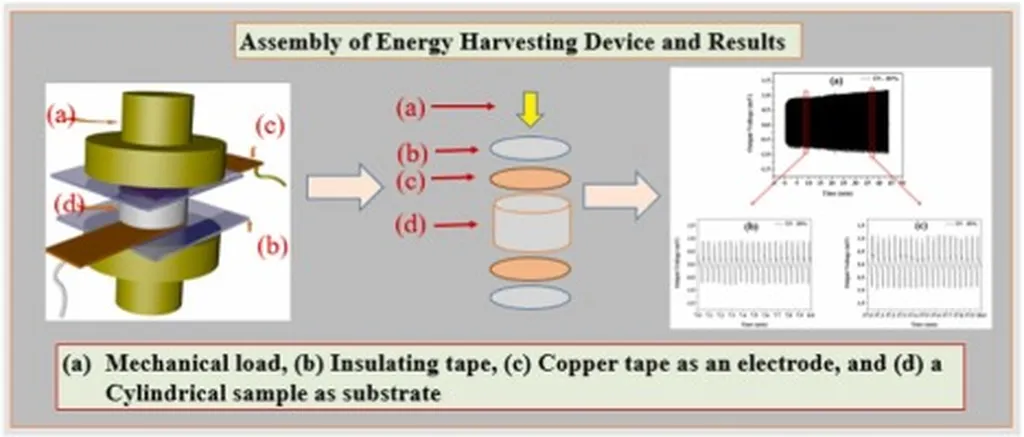In the ever-evolving world of materials science, a groundbreaking study has emerged that could significantly impact the energy sector and beyond. Published in the esteemed journal *eXPRESS Polymer Letters* (which translates to “Express Polymer Letters” in English), the research titled “Hybrid curing as a strategic approach to enhance demanding applications of rubber” is led by Kinsuk Naskar, a distinguished figure in the field. While the specific affiliation of Naskar is not disclosed, his work promises to push the boundaries of what we know about elastomers and their applications.
The study delves into the intricate process of crosslinking, a critical step in the vulcanization of rubber, which transforms pliable rubber into a durable, elastic material. By exploring hybrid curing methods, Naskar and his team aim to enhance the performance of rubber in demanding applications, particularly those relevant to the energy sector. This includes everything from seals and gaskets in high-pressure environments to the resilient materials needed in renewable energy technologies.
“Crosslinking is the backbone of rubber’s durability,” Naskar explains. “By optimizing the curing process, we can create materials that are not only stronger but also more adaptable to extreme conditions.”
The implications of this research are vast. In the energy sector, where materials are often subjected to extreme temperatures, pressures, and chemical exposures, the development of more resilient rubber could lead to safer, more efficient operations. For instance, improved seals and gaskets could prevent leaks in pipelines, reducing environmental impact and operational costs. Similarly, in renewable energy applications, such as wind turbines and solar panels, enhanced rubber materials could extend the lifespan and reliability of critical components.
Naskar’s work also sheds light on the potential of synthetic rubber, which is increasingly important as the world seeks to reduce its reliance on natural resources. By fine-tuning the crosslinking process, researchers can develop synthetic rubbers that rival or even surpass the performance of their natural counterparts.
The study’s findings could also have broader commercial impacts. As industries strive to meet increasingly stringent safety and environmental regulations, the demand for high-performance materials is on the rise. Companies that can deliver innovative, reliable solutions will be well-positioned to lead the market.
Looking ahead, this research opens up new avenues for exploration. Future studies could focus on scaling up these hybrid curing techniques for industrial applications, as well as investigating their potential in other materials beyond rubber. The possibilities are vast, and the potential benefits are significant.
In a field where innovation is key, Naskar’s work stands out as a testament to the power of scientific inquiry. As the energy sector continues to evolve, the insights gained from this research could play a pivotal role in shaping the materials of the future.

